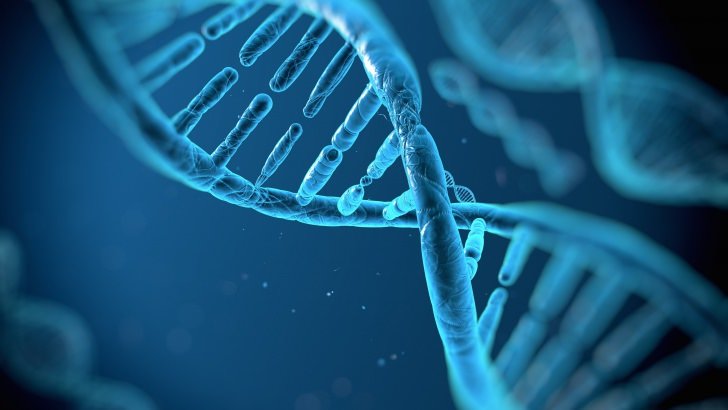Computers have already proven they can outthink us in games like chess, but what if the computer itself was made from something more organic—like DNA? That’s exactly what scientists have achieved, building a computer from DNA strands that can solve simplified chess and sudoku puzzles. It’s a groundbreaking step toward the future of biological computing.
🔬 Nature Meets Technology
Published in Nature Nanotechnology, this new research marks a significant leap in the field of DNA computing. Unlike traditional computers, which are silicon-based, this DNA computer relies on the same material that carries genetic information in living organisms. The innovation lies in its ability to perform basic computations without destroying the data it accesses—a major hurdle in previous DNA computing attempts.

Researchers used a synthetic cellulose material to stabilize and store vast amounts of DNA strands. How vast? We’re talking about a storage capacity of 1,000 terabytes per cubic centimeter! That’s an insane amount of data packed into a tiny space, and it could revolutionize how we think about storage and computing power.
🧩 Solving Chess and Sudoku on a Tiny Scale

The DNA computer isn’t about to challenge grandmasters or solve the most challenging sudoku puzzles yet, but it’s well on its way. The system can handle simplified 3×3 grids for both chess and sudoku by encoding all possible game configurations into DNA strands. An enzyme then transcribes these strands into RNA, which acts as a second copy, leaving the original DNA untouched. The RNA is then analyzed to find solutions that adhere to each game’s rules.
While these problems are basic, they demonstrate the DNA computer’s ability to process and solve problems—an essential function of any computing system.
💻 The Future of DNA Computing
The implications of this research are enormous. Imagine computers that are far smaller, cheaper, and more energy-efficient than anything we have today. According to the researchers, these DNA-based systems could eventually replace conventional computers in tasks like training AI models, potentially making computing more accessible and sustainable.

With the ability to store data for thousands of years and perform highly parallelized computations, DNA computers could one day tackle much more complex problems than simplified board games. For now, though, it’s a fascinating glimpse into a future where biology and technology truly merge.
Stay tuned for more updates on the cutting edge of DNA computing and biotechnology!
